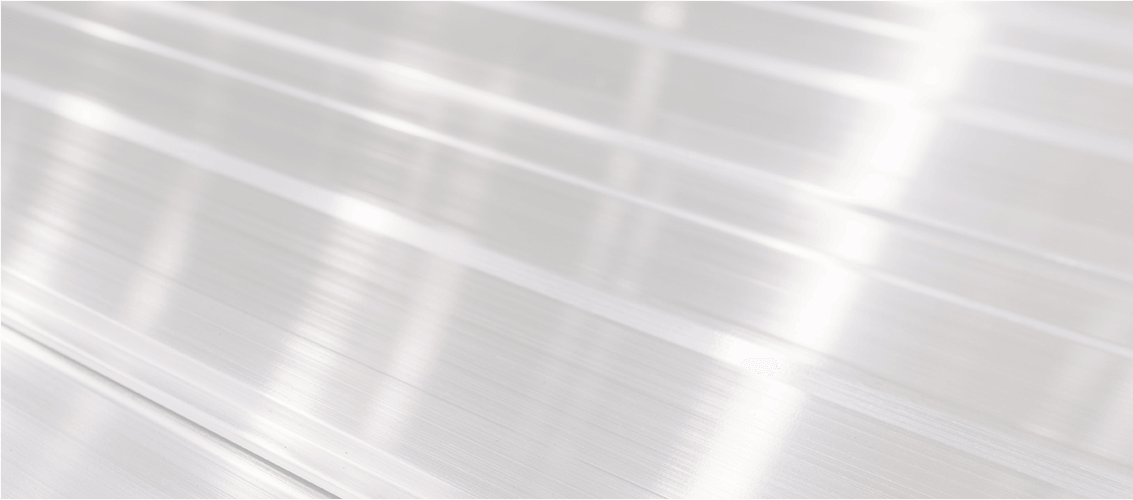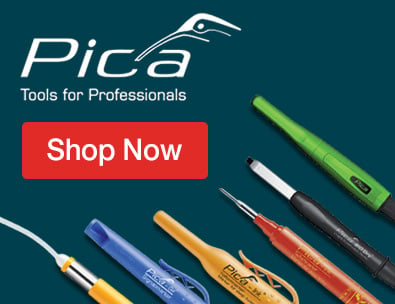Calibrating your torque wrench at home is an effective way to ensure accuracy, using a second, trusted Torque Wrench as a standard. Follow this easy-to-follow guide to get it done quickly and efficiently.

What You’ll Need:
1. A Reliable, Calibrated Torque Wrench: This will be your reference tool. Make sure it’s been calibrated recently or is known for its accuracy.
2. The Torque Wrench Being Tested: Ideally, this should have a similar torque range to your reference wrench.
3. Sockets or Adapters: You’ll need one of these to connect both wrenches together. Depending on the drive sizes, here’s what to use:
- 3/8” Drive to 3/8” Drive:
- 1/2" Drive to 1/2" Drive:
- 3/8” Drive to 1/2" Drive:
A Step-by-STEP PROCEDURE
Set Both Wrenches to the Same Torque Value
- Start small: Begin with a torque value within the lower range and adjust both wrenches to the same torque setting.
Connect the Wrenches with Sockets or Adapters
- Attach both wrenches using an appropriate socket or adapter mentioned above
Gradually Apply Torque
- Slowly apply force to both wrenches until the set torque value is achieved
- Confirm Calibration: Both wrenches should click and show the set torque value at the exact same time
Adjust if Necessary
- If one wrench clicks before or after the other, adjust the test wrench and repeat the test until they both click at the same time.
- Repeat the process several times to ensure consistency
Assess the Results
- A significant discrepancy between the wrenches indicates that the test wrench is out of calibration
Additional Tips
- Professional Calibration: For critical applications, such as automotive or industrial machinery, consider sending the wrench to a professional calibration service for precise adjustments.
- Limitations with Beam-Type Wrenches:

- While beam-type wrenches can technically be tested this way, they’re generally less accurate and prone to user error.
- Consider using a click-type wrench as your reference tool for more reliable results.
why calibration matters
Testing and maintaining the accuracy of your torque wrench is essential for safety and performance in any application that requires accurate torques. Regular calibration ensures reliability and prevents damage to tools and machinery.





